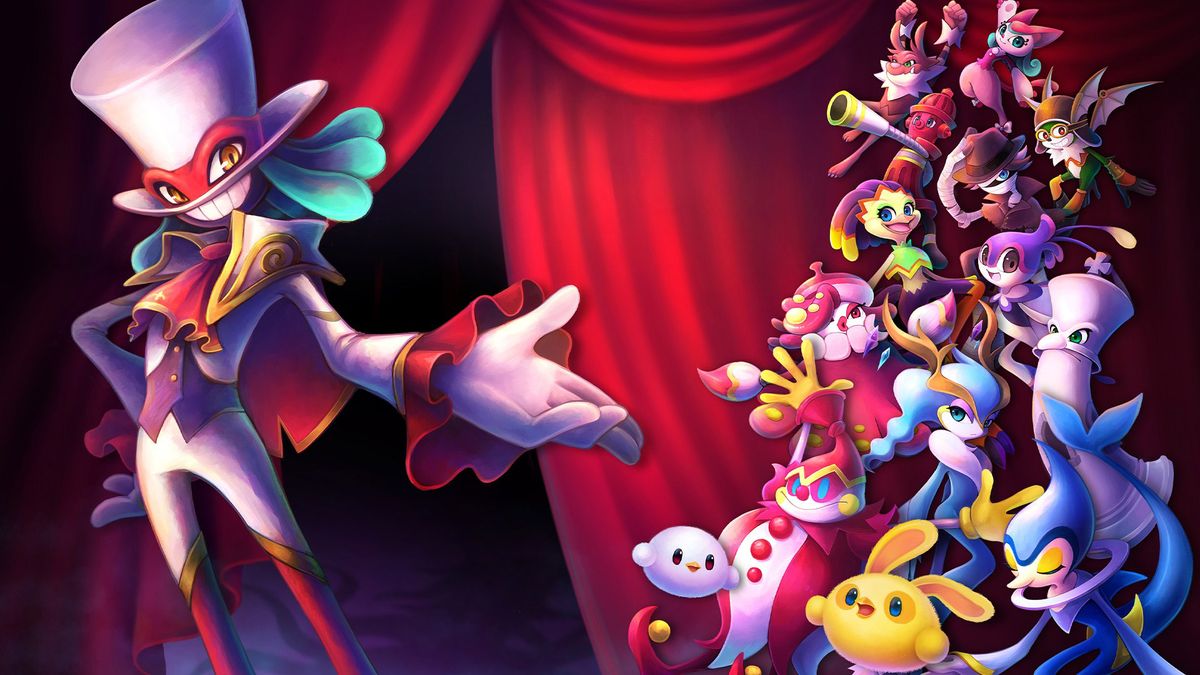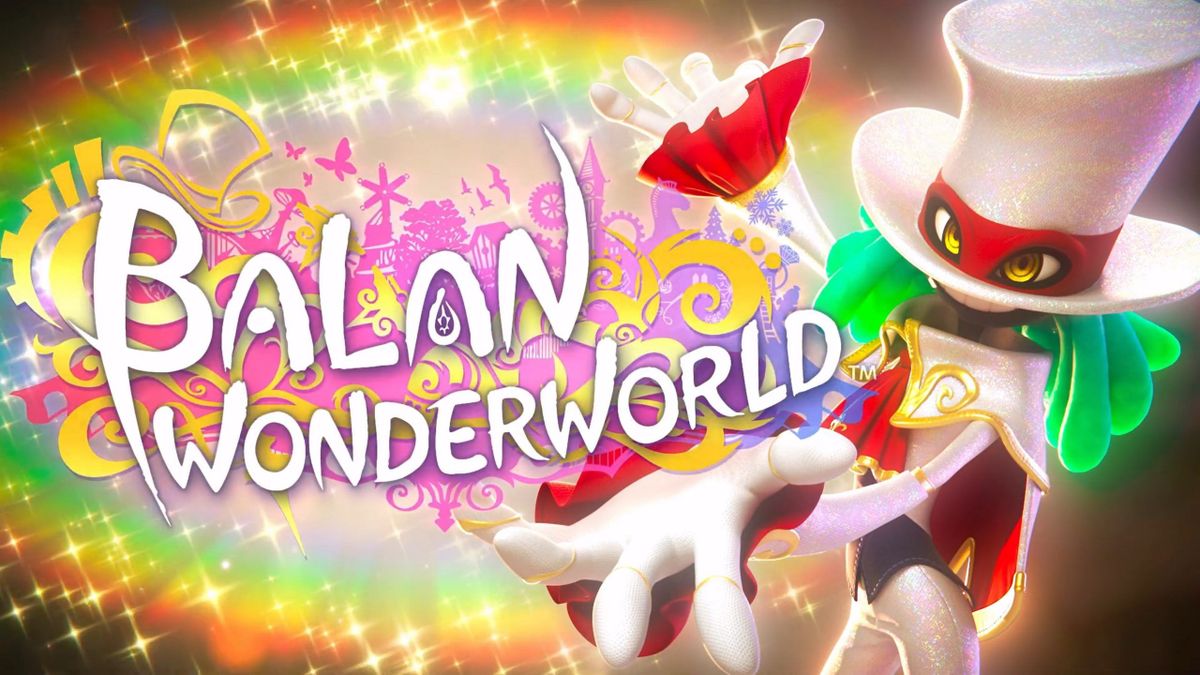Game On: There’s limited space for new mascots in video gaming
“Balan Wonderworld” showed the world that in 2021, quirky characters won’t sell a video game if it plays horribly. (Square Enix Co. Ltd.)
“Balan Wonderworld” hit store shelves on March 26, the sales figures are in, and they’re even worse than expected. In its first week, it sold fewer than 2,100 copies in Japan, missing the top 30. It’s also not in the top 30 in the Nintendo eShop in Japan or North America.
If these stats seemed cherry picked, the sad reality is they’re not: “Balan Wonderworld” oozes Japanese appeal; enjoyed extensive coverage on Famitsu, the most widely read video game magazine in Japan; and many similarly whimsical games sell best on the Nintendo Switch.
While I penned a critical review of its public demo in February, I never anticipated “Balan Wonderworld” would flop so dramatically. Based on its sloppy and archaic gameplay, I knew it wouldn’t attain high review scores.
But I figured its marketing push was enough to sell a good number of units before the public caught on. I should’ve known – historically, public demos have hurt sales even for good games. Couple that with a $60 price tag, and you’ve got yourself a recipe for disaster.
I foresee huge price cuts in the game’s near future, but there was a time when “Balan Wonderworld” might’ve enjoyed more success – specifically in the late 1990s or early ’00s when information didn’t travel quite so quickly and mascot platformers were still all the rage.
If you’ve played any video games at all, you’ve likely played a so-called mascot platformer whether you knew it or not. All that’s needed is a memorable and quirky main character with an affinity for jumping around on obstacles.
“Super Mario,” “Sonic the Hedgehog” and “Crash Bandicoot” are the best-known of the bunch, and there was a time when dozens upon dozens of imitators attempted to capitalize upon the phenomenon.
More recent attempts to grab a share of that market include “Super Lucky’s Tale,” “Yooka-Laylee” and, yes, “Balan Wonderworld.” The former examples didn’t tank like “Balan Wonderworld,” but they weren’t breakaway success stories, either.
The sad fact is 20 years after the mascot platformer subgenre stopped being an oversaturated mess – looking at you, “Bubsy” and “Gex” – there’s still no room for competition. The existing mascots are so iconic, they practically make more money off merchandise than games.
Sonic is particularly ubiquitous, gracing T-shirts in every Target and Walmart across the country. “Balan Wonderworld” wasn’t just competing to be a game worth peoples’ time. It was also competing with some truly iconic characters who haven’t left the limelight for decades.
This is especially evident when you consider the rather triumphant return of “Crash Bandicoot” and “Spyro the Dragon,” two franchises that struggled for years before returning to their roots and subsequently selling boatloads of games and merch.
Those two characters may have temporarily fallen out of favor, but both had no trouble making a comeback because their designs are just that memorable. The orange marsupial and little purple dragon never truly left the public consciousness.
Crash and Spyro are so cute, people want to like them even if they have a swath of terrible video games to their name. “Balan Wonderworld” got ahead of itself – Square Enix forgot to publish a couple of good games to get people hooked on their new IP before allowing the quality to drop off and letting the merchandise bring in the cash.
I’m being facetious, but only mostly. I’m a huge Sonic fan, and even I can admit the quality of those games for the past 15 years has been pretty dissatisfying. I’m just a gaming journalist, but if I could give advice to developers, it’d be this: If you’re going to design a platformer, focus on the gameplay first.
You’re not going to sell copies with quirky characters because you’re competing with the likes of Mario and Sonic, icons for more than three decades who simply refuse to die. Instead, make a game that controls flawlessly like “Celeste,” “Shovel Knight” or “Super Meat Boy,” and success will come to you.
Players are still hungry for such games, but the bar for quality is considerably higher today. While undeniably stylish, “Balan Wonderworld” missed the mark by a mile with its uninspired game design and lackluster controls.
Riordan Zentler can be reached at riordanzentler@gmail.com.

